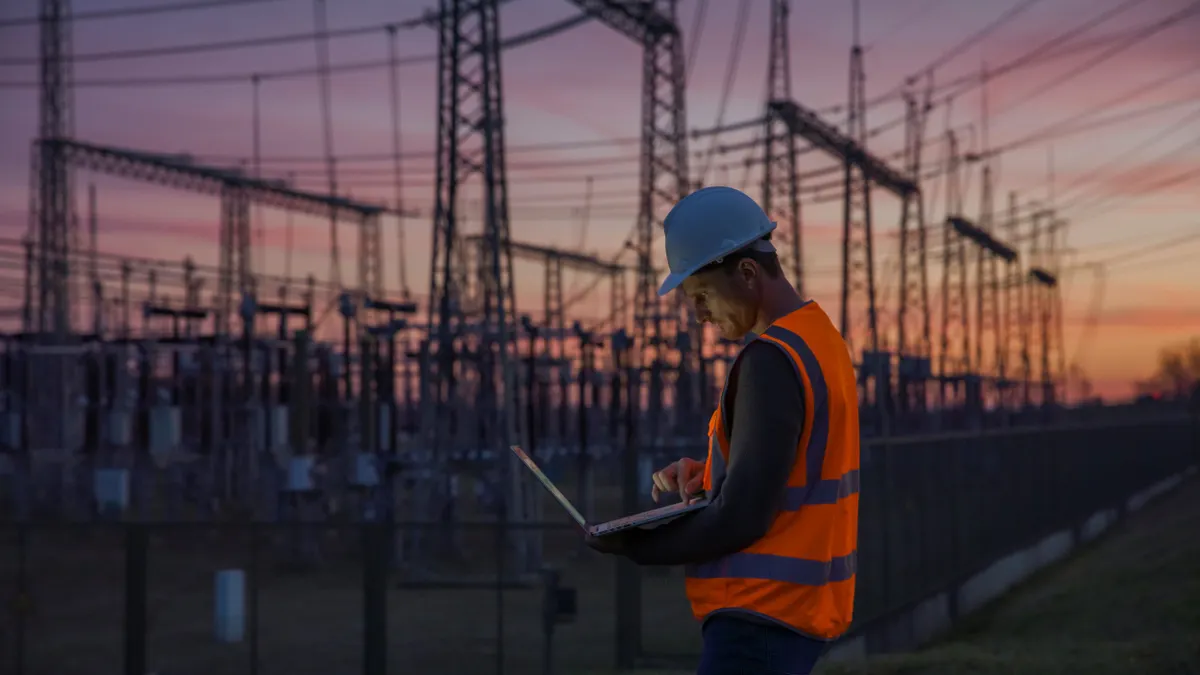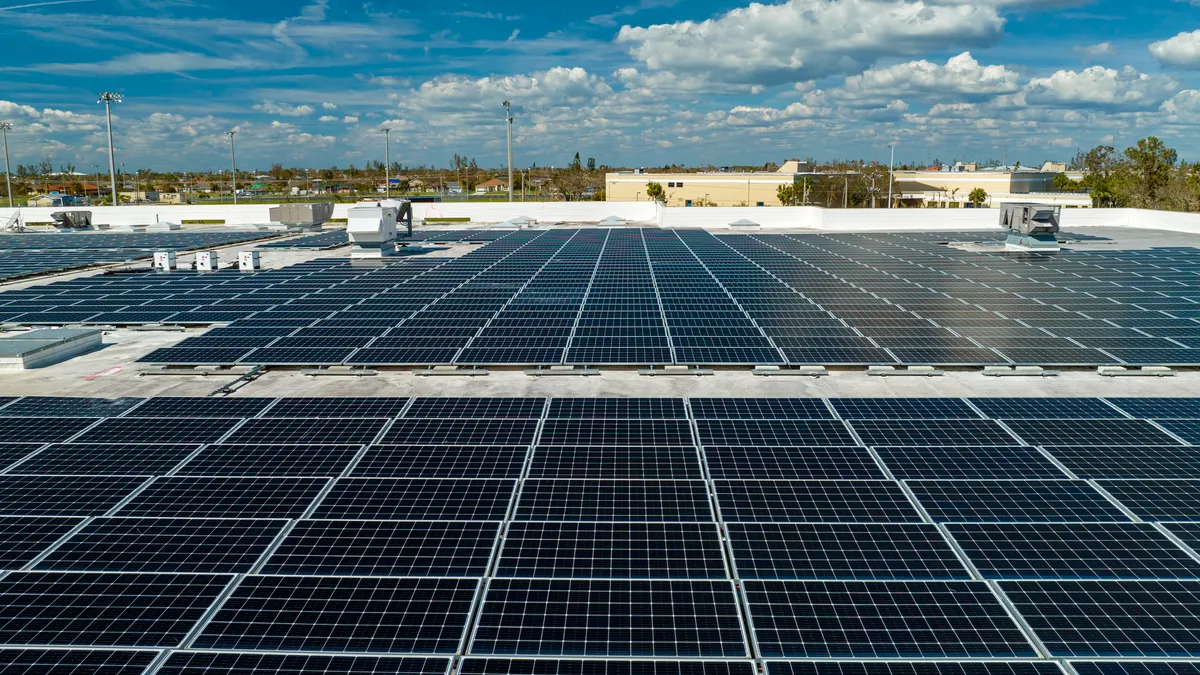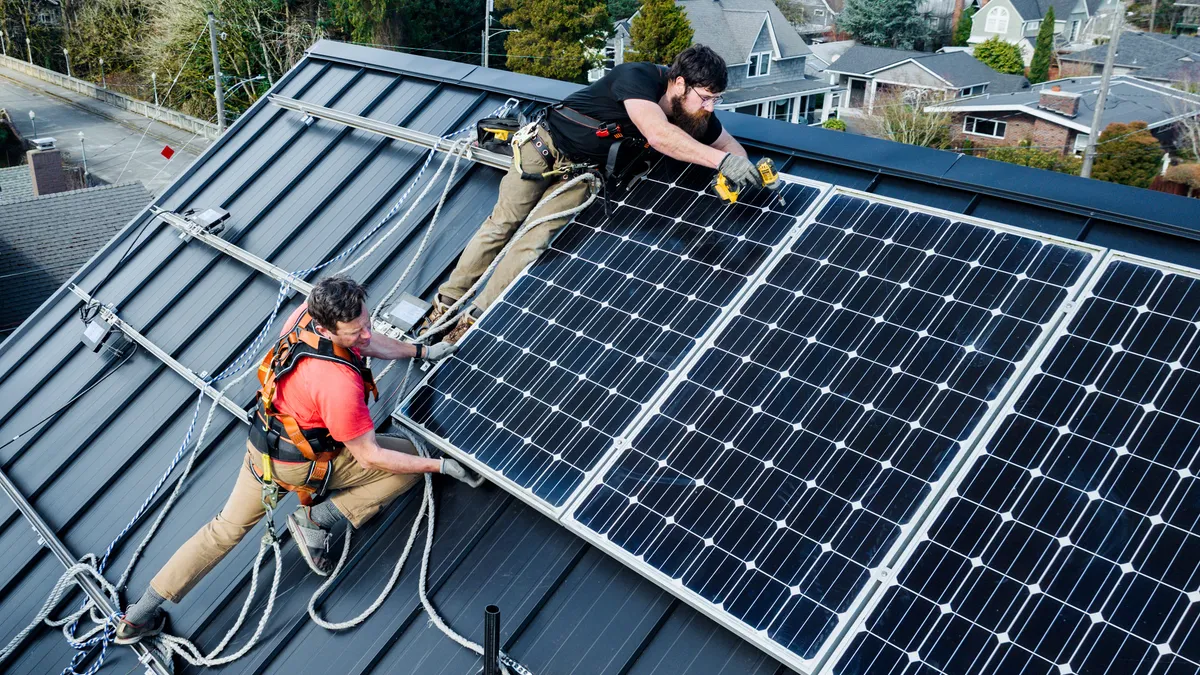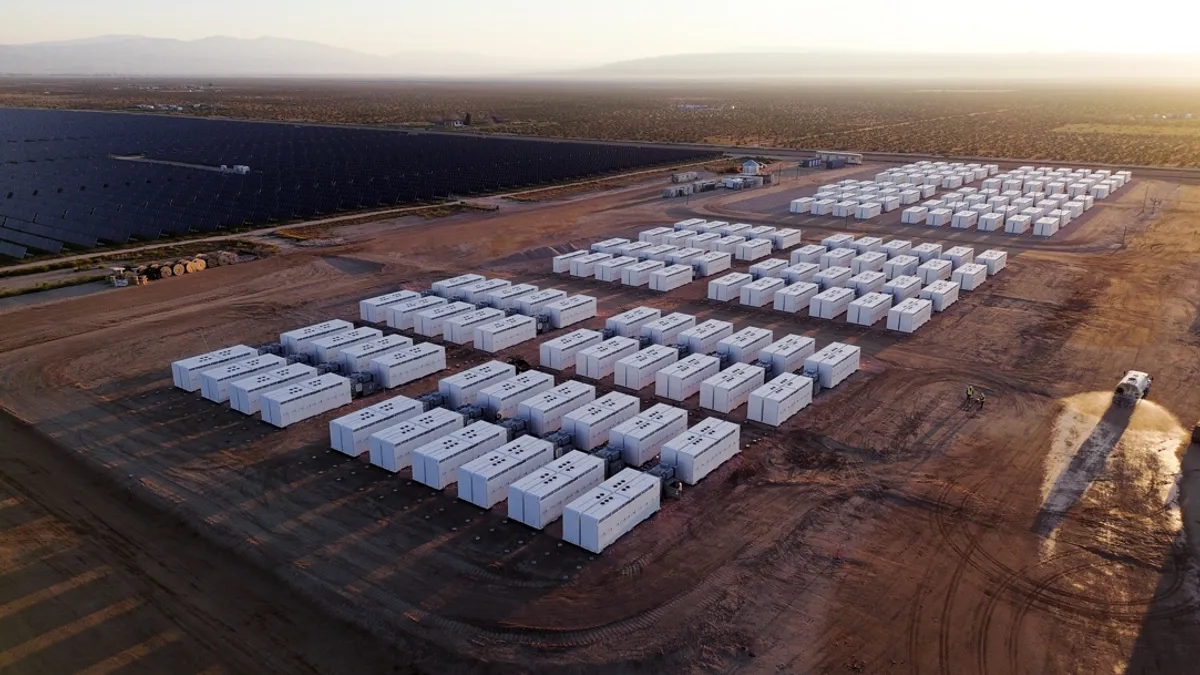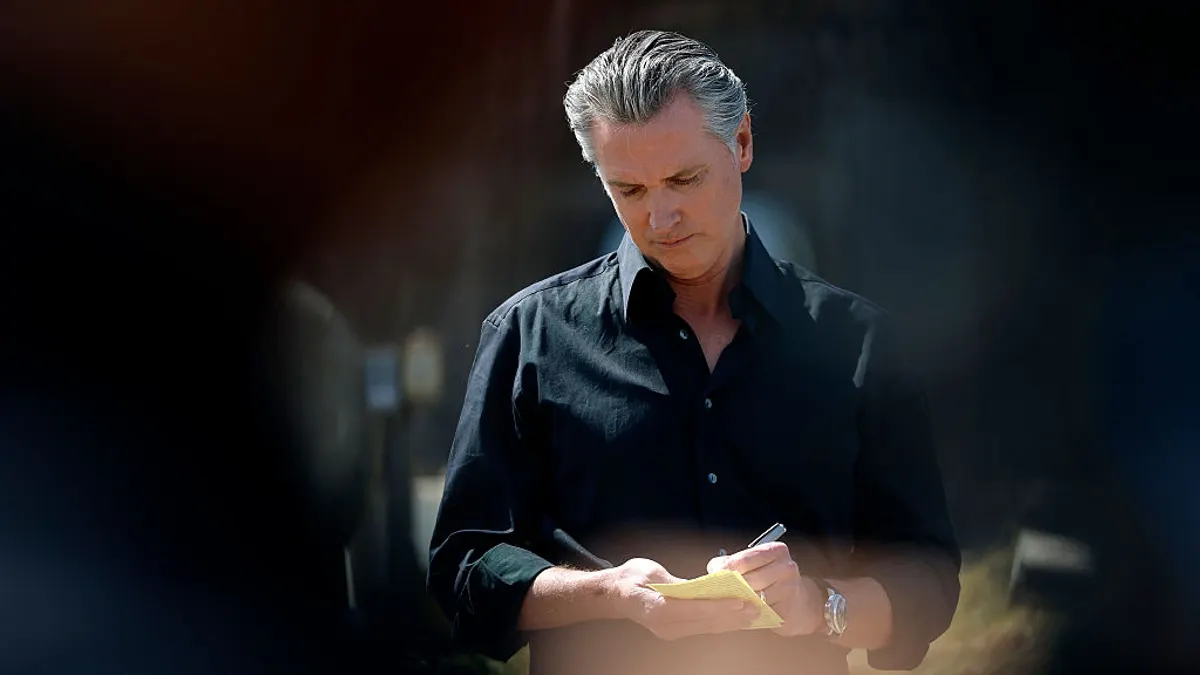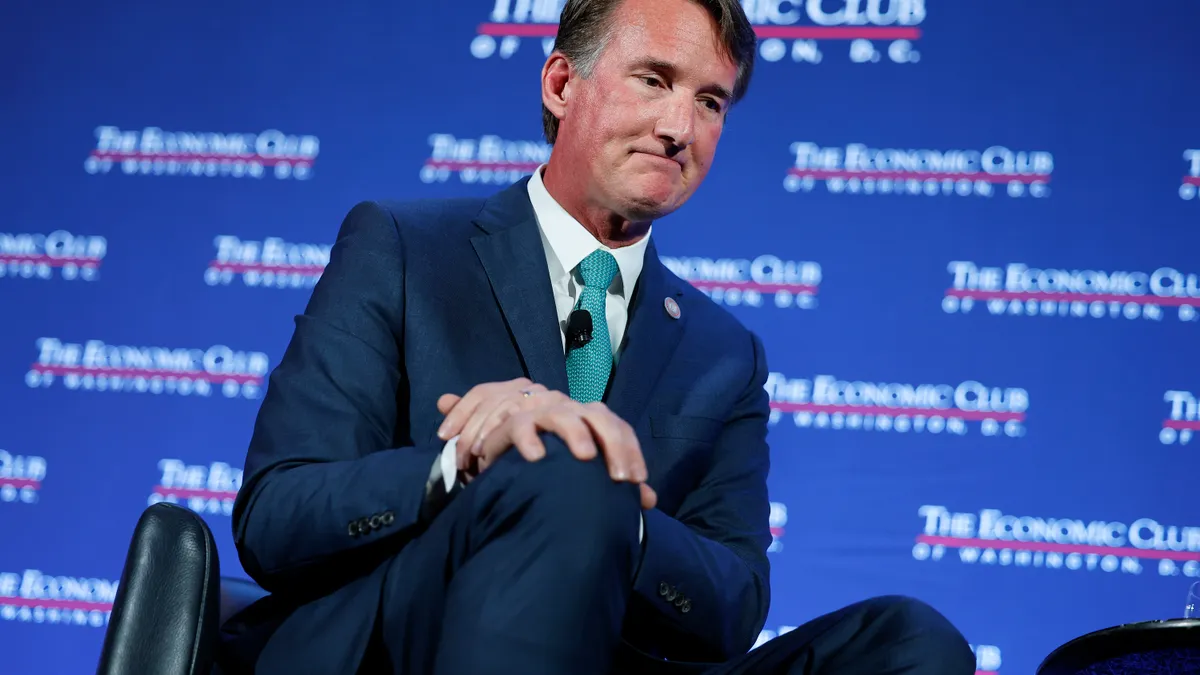Avista Energy is preparing to launch a "micro-transactive grid" in Spokane, Washington, that experts say illustrates the future of distributed energy resource (DER) management.
Beyond maintaining resilient power, the microgrid will provide visibility and control of smaller loads and enable trading of energy between two buildings in a way that could lead to new businesses cases and increased market participation for DERs.
And Avista is already working on other similar DER pilots that could help to expand the size and efficiency of the transactive microgrid.
The microgrid is located in the city’s University District, adjacent to downtown, and will allow two buildings operated by Washington State University to trade energy back and forth, charging batteries when prices are low or when there is abundant renewable energy. The system will allow the energy to be consumed when prices are high or during power outages to maintain system resilience.
The two buildings each include a pair of battery storage systems: a 500 KW / 1,500 KWh battery and a 167 KW / 337 KWh battery. A rooftop solar array on the buildings provides 100 KW each. The buildings also utilize advanced energy management systems that can monitor and control 60 individual loads.
"One of the great things we're doing here is more granular load control," Heather Rosentrater, Avista's senior vice president of energy delivery, told Utility Dive.
Engineering work on the two-building grid is largely being handled by POWER Engineers. The project is expected to come online in March 2021.
"This project is a bit broader in scope than traditional microgrids," Power Engineers project manager Greg Clark told Utility Dive. "A lot of times microgrids are constructed mostly for resiliency and to be able to support critical loads for longer periods. ... We wanted to investigate four goals."
Funded by the Washington State Department of Commerce, the project will examine how a combination of buildings and distributed energy resource assets can work together to provide grid services. The transactive environment will also tackle questions of DER optimization, including how utilities can best utilize the combination of battery storage and solar generation, and will consider how groups of buildings can be managed through the use of a central microgrid controller to manage assets in separate buildings.
Resilience is the fourth goal of the project, said Clark.
"Avista wants to understand better what kind of economic models they could provide for wider adoption of these types of systems," Clark said.
Microgrids go beyond resilience
Microgrids in smart buildings are evolving beyond resilience use cases, according to Mark Knight, member chair of the Smart Electric Power Alliance's (SEPA) Transactive Energy Working Group. He also serves as an industry adviser at Burns & McDonnell.
These buildings "have the potential to support their own transactive energy systems, but can also interact with a microgrid, for instance on a campus grid, and with other buildings to create a lot of flexibility and thus integrate renewables more effectively," Knight said in an email.
A core component of a microgrid is the ability to balance supply and demand to maintain grid stability while disconnected from the greater power grid, according to Ben Ealey, principal of grid integration at SEPA. That requires different energy resources within the microgrid to be capable of providing flexibility.
A project like Avista's "serves as an excellent entry point for new opportunities for the grid including transactive and market opportunities for community level aggregation" potentially including smart communities, buildings and campuses, Ealey said in an email.
Other microgrid opportunities, challenges
While the Avista project will focus on assessing multiple business cases for distributed resources, there are hurdles to integrating DERs into the wider grid on a large scale.
DERs can cause potential disruptions to the power grid by generating energy at the edge of the grid, said Knight, incentivizing utilities to coordinate them locally. "Using transactive energy systems to enable non-wires alternatives that coordinate DER use at a local level is a great approach for this," he said.
Doing that will require the broad implementation of new smart grid technology with advanced communication capabilities.
"Most DER do not provide utility-facing capabilities today," said Ealey. Smaller generation-based distributed resources typically do not have communications built in, he said, but a push to standardize communications for demand response technologies is helping overcome the difficulty, he said.
"As the number of connected, grid-facing, interoperable DER increase it will be easier for communities, campuses, and buildings to provide more flexibility in an affordable way," said Ealey.
Avista says it sees more and more of its customers interested in having on-site generation to have more control, clean energy and greater resilience. "As more customers are interested, we want to make sure they are getting the most value out of those assets," Rosentrater said.
Avista's microgrid could be connected to a new 'eco-district'
Along with the micro-transactive grid pilot, Avista is participating in another public-private partnership in the same University District to test a shared energy model called an eco-district. Like the microgrid pilot, Avista’s multi-building eco-district project will be partially funded by a separate grant from the Washington Department of Commerce’s Clean Energy Fund.
"We're doing a lot of the same things," Rosentrater said, but the eco-district project will take the shared energy model "to a new level."
The larger project involves a centralized heating and cooling system located in the University District's mixed-use Scott Morris Center for Energy Innovation, that will initially provide energy for an adjacent building and later to other buildings that will be added to the development.
Eventually, that project could be operated in conjunction with the two-building microgrid coming online next year. And the transactional system could eventually participate in the Western Energy Imbalance Market, which could provide new revenue streams for the utility, though it will not have that capability to start.
"We're looking at how that could operate," Rosentrater said. "Right now, the two buildings are the same customer and so we're not trading energy between different customers — but ... what we learn through this project will help us design those types of systems or tariffs in the future as that becomes a more viable option for customers."







